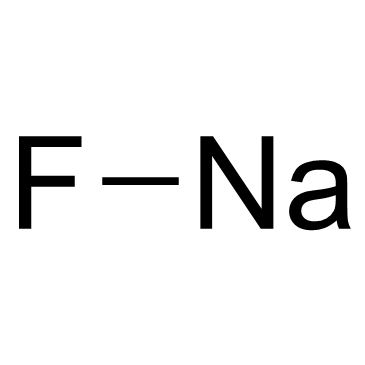Biochemical Pharmacology
2014-10-15
Neuropharmacokinetics of two investigational compounds in rats: divergent temporal profiles in the brain and cerebrospinal fluid.
Cuyue Tang, Ting Chen, Sudarshan Kapadnis, Hilliary Hodgdon, Yi Tao, Xing Chen, Melody Wen, Don Costa, Deirdre Murphy, Scott Nolan, Dorothy G Flood, Devin F Welty, Gerhard Koenig
文献索引:Biochem. Pharmacol. 91(4) , 543-51, (2014)
全文:HTML全文
摘要
Two investigational compounds (FRM-1, (R)-7-fluoro-N-(quinuclidin-3-yl)benzo[b]thiophene-2-carboxamide and FRM-2, (R)-7-cyano-N-(quinuclidin-3-yl)benzo[b]thiophene-2-carboxamide) resided in rat brain longer than in systemic circulation. In Caco-2 directional transport studies, they both showed good intrinsic passive permeability but differed significantly in efflux susceptibility (efflux ratio of <2 and ∼7, respectively), largely attributed to P-glycoprotein (P-gp). Capitalizing on these interesting properties, we investigated how cerebrospinal fluid (CSF) concentration (CCSF) would be shaped by unbound plasma concentration (Cu,p) and unbound brain concentration (Cu,b) in disequilibrium conditions and at steady state. Following subcutaneous administration, FRM-1CCSF largely followed Cu,p initially and leveled between Cu,p and Cu,b. However, it gradually approached Cu,b and became lower than, but parallel to Cu,b at the terminal phase. In contrast, FRM-2CCSF temporal profile mostly paralleled the Cu,p but was at a much lower level. Upon intravenous infusion to steady state, FRM-1CCSF and Cu,b were similar, accounting for 61% and 69% of the Cu,p, indicating a case of largely passive diffusion-governed brain penetration where CCSF served as a good surrogate for Cu,b. On the contrary, FRM-2CCSF and Cu,b were remarkably lower than Cu,p (17% and 8% of Cu,p, respectively), suggesting that FRM-2 brain penetration was severely impaired by P-gp-mediated efflux and CCSF underestimated this impact. A semi-physiologically based pharmacokinetic (PBPK) model was constructed that adequately described the temporal profiles of the compounds in the plasma, brain and CSF. Our work provided some insight into the relative importance of blood-brain barrier (BBB) and blood-CSF barrier (BCSFB) in modulating CCSF. Copyright © 2014 Elsevier Inc. All rights reserved.





